Reviving an Ancient Buddhist Pilgrimage
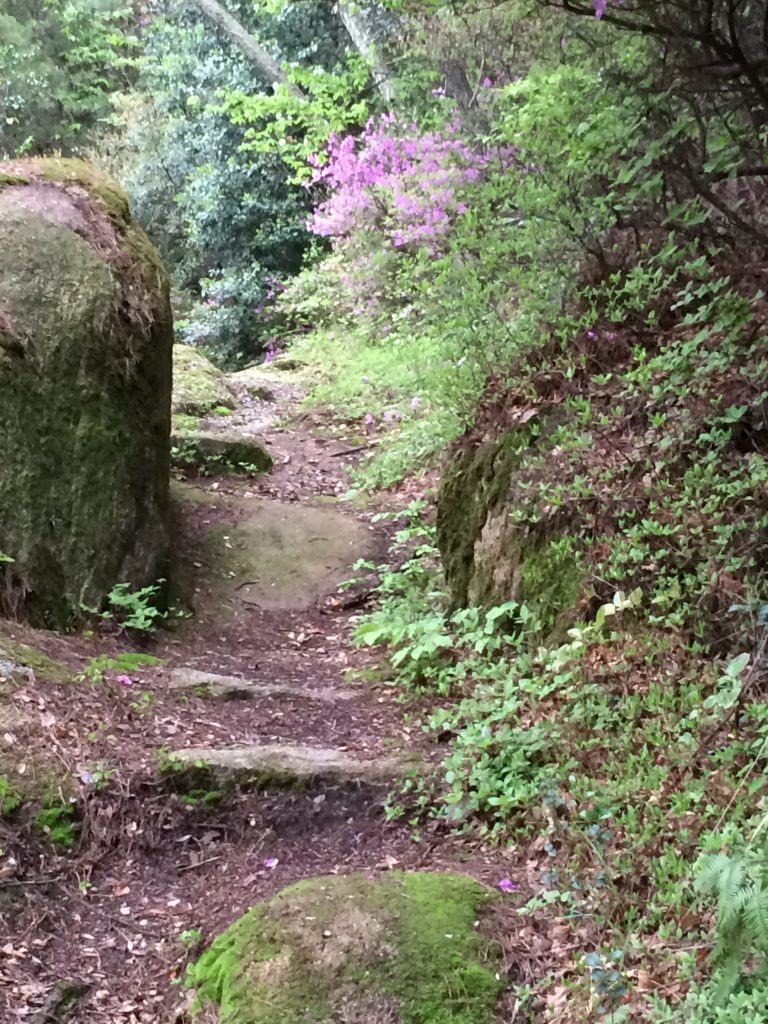
A pilgrimage is a magical world brimming with history, beauty and solitude. Shingon Buddhism goes even further by presenting pilgrimage as a mandala, a type of map to the cosmos. These circular routes act as vehicles to enlightenment. There are myriad personal reasons for going on pilgrimage, all of them valid and acceptable, no matter what religious affiliation you may, or may not be. Pilgrimages are there for those who want to tap into their special powers.
The Shikoku 88 Temple Pilgrimage (and its spin-offs) encapsulate the ideals of the mythologist Joseph Campbell. It is a quintessential hero’s journey but infused with the metaphysical aspects of mikkyo 密教. Pilgrimages test both your physical and mental endurance.
Discovery
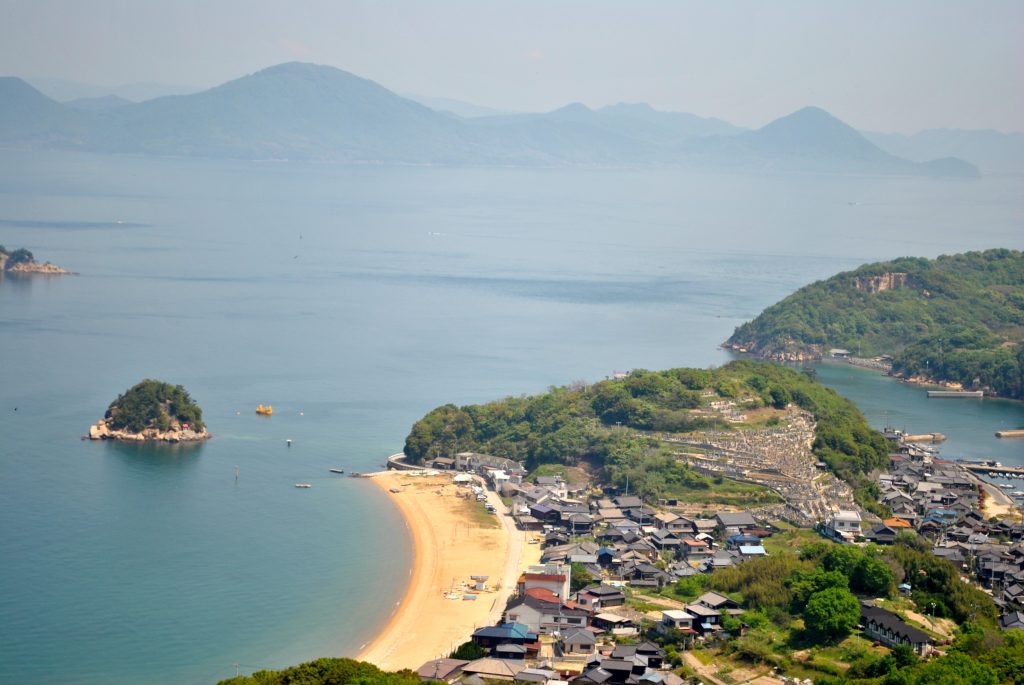
I knew we had a mini-version of the Shikoku 88 on Shiraishi Island when I moved here in 1997, but there was no map and long stretches of the 10 km route were completely overgrown and impassable.
In 2004, my husband and I decided to try to find all 88 of the shrines. After several weeks of being led down dead-end paths, and battling spiders and other architects of the forest, we managed to locate them all. Equally interesting were the things we found along the way: sacred rocks, bamboo forests, lonely beaches, and the most enchanting views of the Seto Inland Sea. We came across still inhabited houses (with no driveways) that were set so far back off the road you had to walk 15 minutes to get to them. We understood that we had discovered something precious, something akin to the heart and soul of the island.
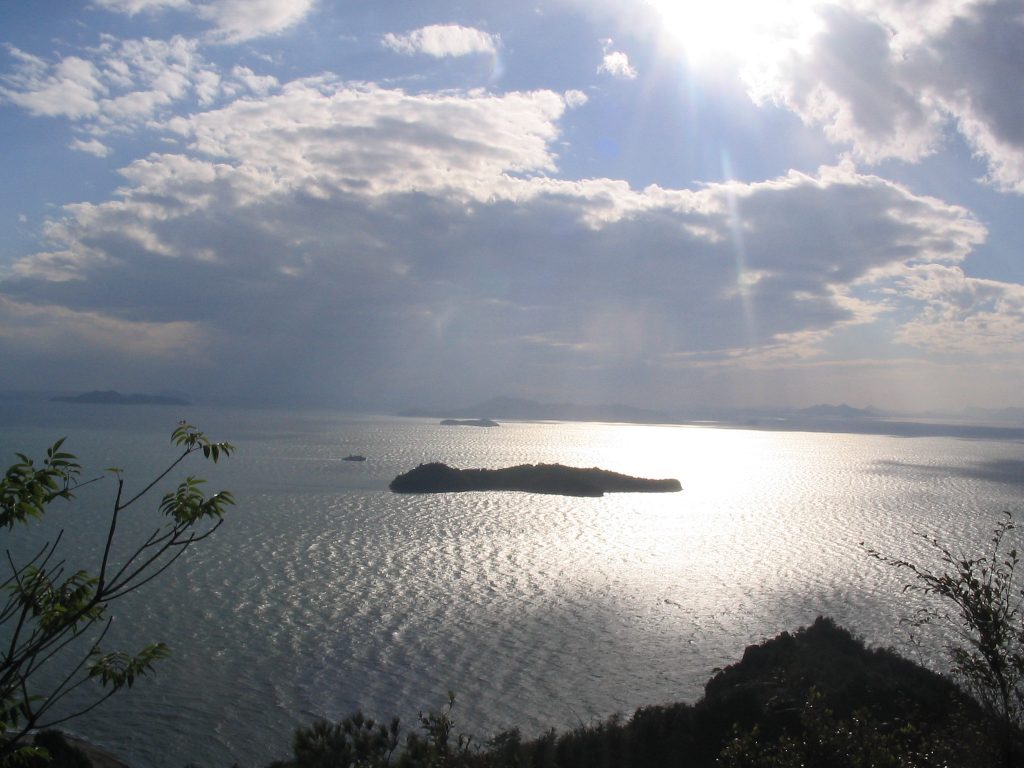
In 1997 pilgrimaging as a tradition was still being practiced, albeit in an abbreviated form, by pious elderly women who visited particular shrines during the conventional pilgrimaging periods of O-higan.
In Western Japan people still feel a strong urge to go do the Shikoku 88 Temple Pilgrimage to pray for parents after they’ve passed away. So pilgrimages like ours have served a dual purpose: to act as a proxy for those who couldn’t make it to Shikoku, and as inspiration for those whose dream was to go to Shikoku.
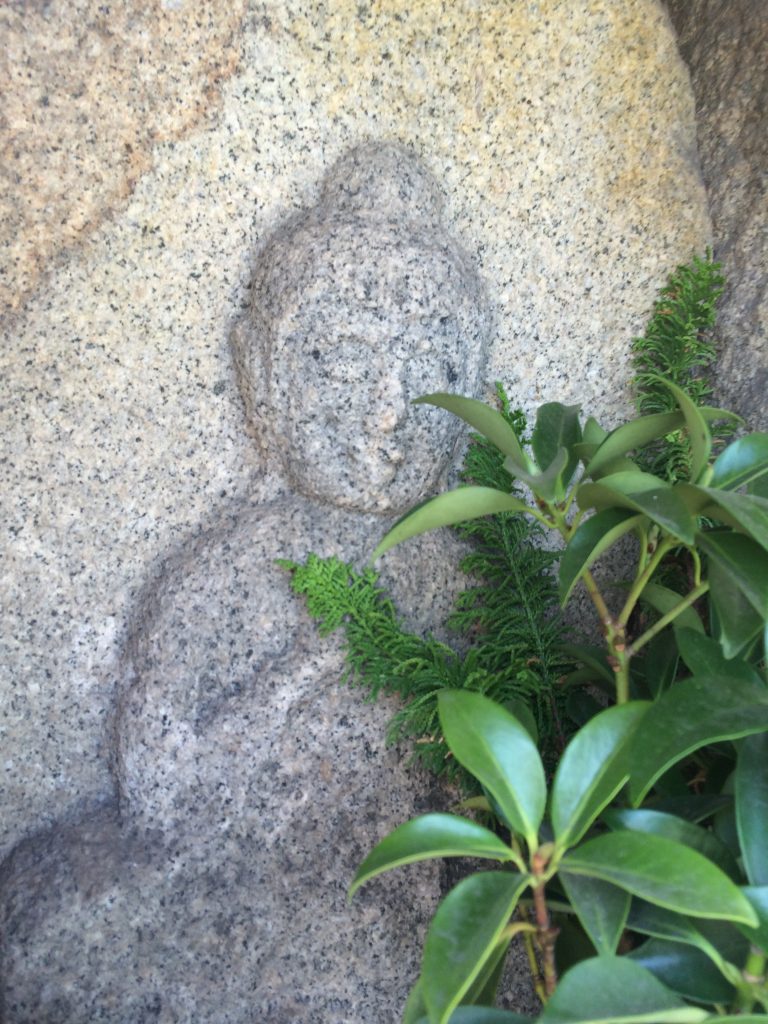
Indeed, 400 years ago most people couldn’t easily get to Shikoku, so these smaller renditions, scattered throughout Western Japan, popped up to fulfill a demand. Very few, however, have been preserved.
As our island’s population has aged and declined over recent years, it has been a challenge to continue the twice yearly trail clean-ups, the minimum needed to keep the pilgrimage extant. In the winter of 2012 it was finally decided that the island would cease this activity. Fallen trees and disappearing paths are the plagues of the smaller pilgrimages and within six months, ours had degenerated as such. In fact, its defunct status encouraged people to no longer take interest.
Reflection
But there was one pilgrim on the island still diligently walking the route: me.
I contemplated the fact that the 88 sacred sites, with their gods that had been so faithfully looked after for hundreds of years — and who, in turn, looked after us —were being left behind. These deities would no longer receive fresh sakaki branches, flowers or offerings by pilgrims. Among the detritus of the forest would be abandoned Jizos with their knit hats and bibs on. Hidden behind tall weeds and yoshinoki bamboo grass would be Kannon, Goddess of Mercy, who put off her own enlightenment to bring salvation to us all. Soon these stone statues would be the last inhabitants of an abandoned forest, unfindable to even those who dared to search for them.
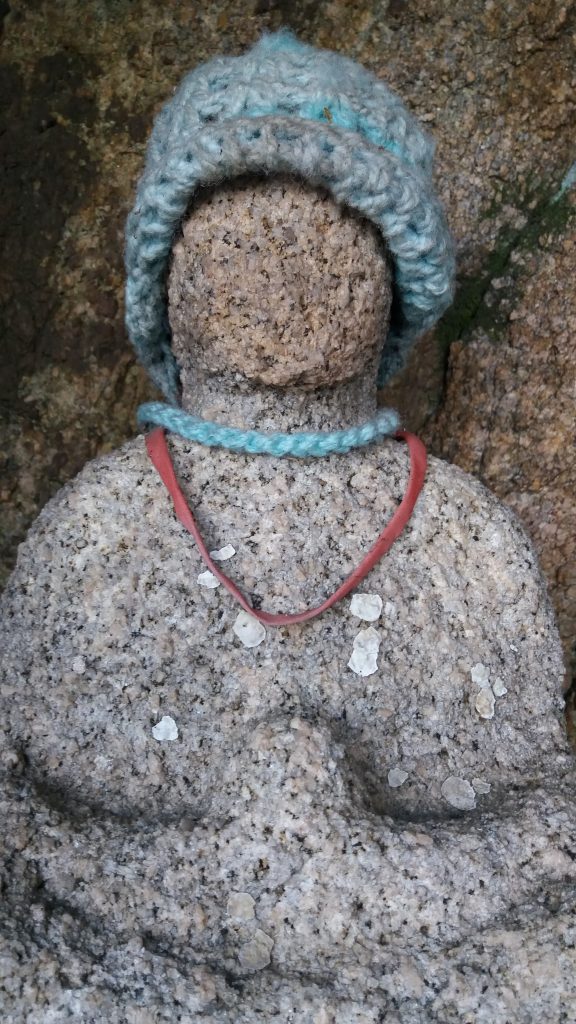
Surely it is our responsibility to preserve these historical paths, these ancient routes worthy of inspiring wandering poets like Basho. What will happen if we can no longer wonder, nor wander?
I’ve been told that the government can’t provide funds to preserve these ancient Buddhist pilgrimages because people complain when public money is given to support religious activities.
But let’s not confuse religion with spirituality. Nor history. Nature has always been at the heart of Japan’s spirit. Have we given up on becoming one with nature? If nature is man and man is nature, then abandoning nature is the dumbing down of the human spirit.
Action
I started organizing friends from the mainland to come help clean the trails on weekends. I contacted organizations such as Greenbird Okayama and several international schools, all of whom expressed a keen interest in helping me.
After four years of these volunteer activities, we launched our first fund-raiser: The Run with Kobo Daishi 10k Trail Race, of which the proceeds are put back into maintaining the pilgrimage route.
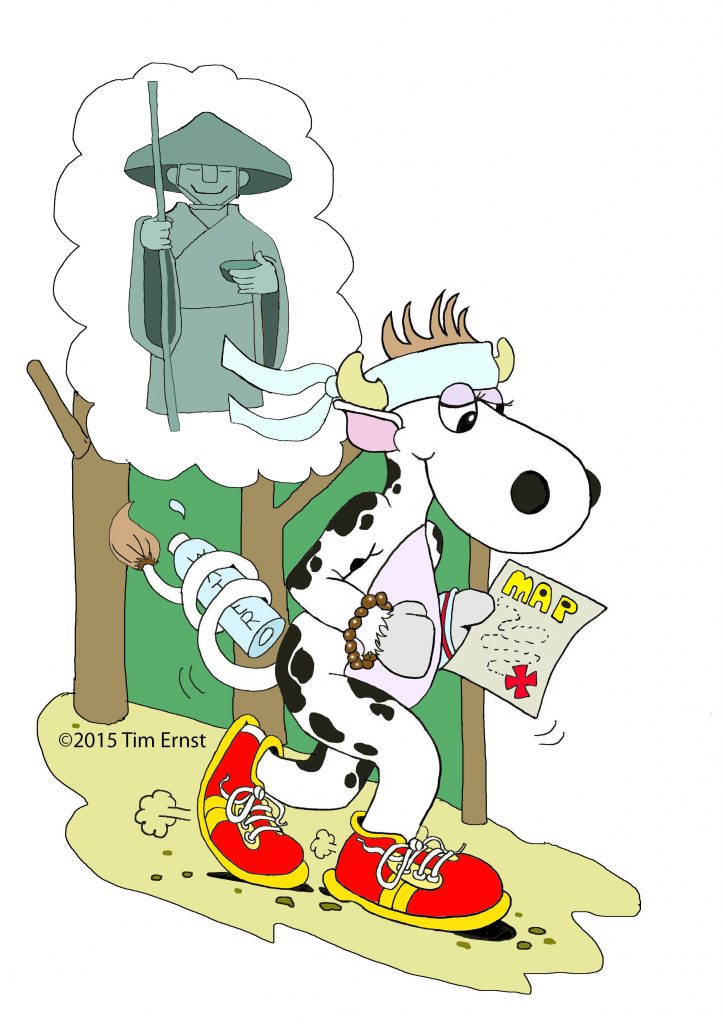
“Our first race was a great success,” I announced at the island’s town meeting. “We had 30 volunteers come help put on the event for 147 registered runners from around Japan. We made enough money to pay for maintenance for the first few kilometers of the pilgrimage route for the next year.”
The lady sitting next to me, a board member on the city council, replied: “I think it’s a little embarrassing that a foreigner is holding this event to help our island. I hope that next year more locals will help Amy with the race.”
While it was true that the islanders hadn’t helped with the event, I was perfectly fine with that. This year, however, strange but wonderful things started happening. Unofficial things, like certain parts of the trail were magically cleaned and a few helpful signs were put up here and there. We still have a long way to go, but changing people’s attitudes is a good start.
Tourism
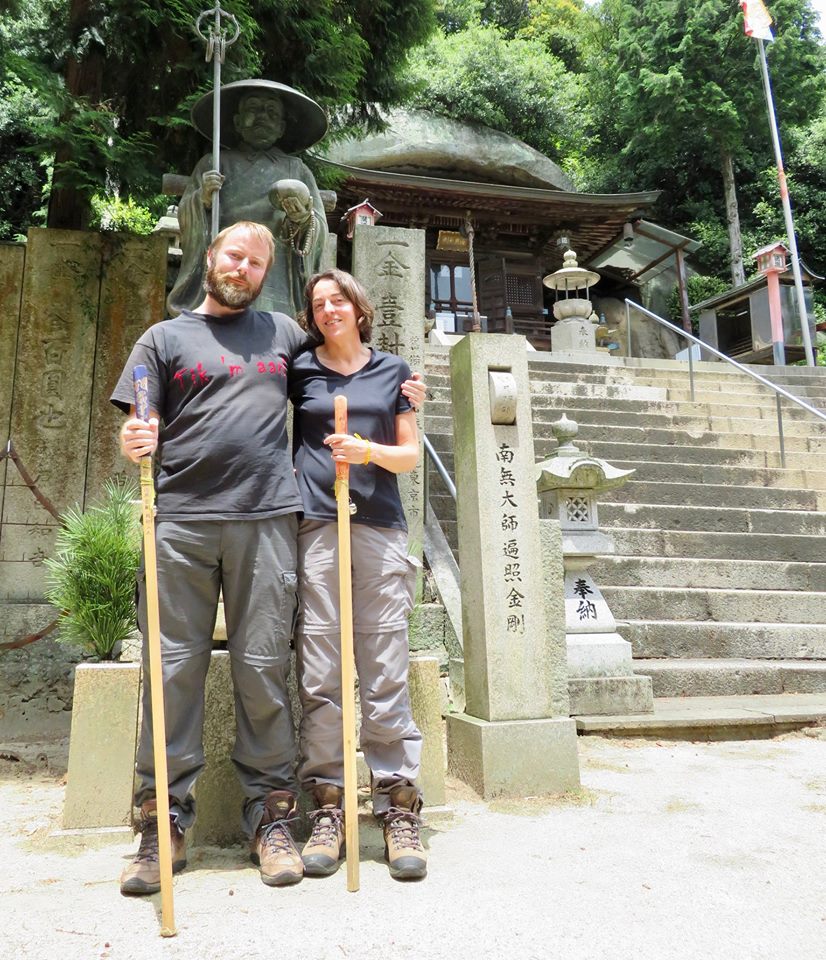
This Dutch couple came to Shiraishi after completing the Shikoku 88-Temple Pilgrimage. They ended their two-day Shiraishi 88 at the Daishi-do, where they received an official temple stamp朱印 from the Buddhist Priest at Kairyuji Temple. Tourists are given a map, sedge hat and staff to borrow. We also offer accommodation at the Pilgrim’s Lodge.
Tourists have commented that our pilgrimage impresses on a level that the Shikoku Pilgrimage can’t because the Shiraishi Pilgrimage is devoid of Japan’s three C’s: crowds, concrete and commercialism.
The Shiraishi 88 is pilgrimaging in its pure form, the same as it was 400 years ago. There are no groomed or fabricated trails, no fake steps built into the path, no handrails to make it easier. It is a pilgrimage through time and nature, dotted with carpets of moss, tables of rock and lined with Buddhist statuary.
On the Shiraishi Pilgrimage, it’s just you, nature and the gods.
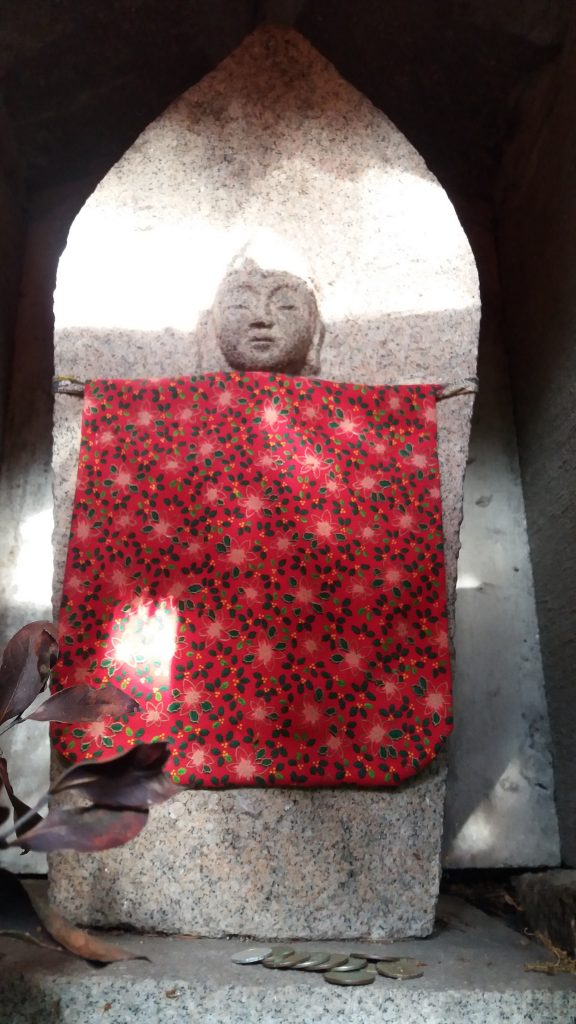
****
The second annual “Run with Kobo Daishi 10k Trail Race” is Sunday, October 29, 2017. This year we’re also adding a family event for children and adults who want to walk a section of the pilgrimage route. Sign ups here: https://www.sportsentry.ne.jp/event/t/70786
For more information on the Shiraishi Pilgrimage, see our Facebook Page https://www.facebook.com/shiraishi88/
See you on the island!
**********
For previous pieces by Amy, please see her piece on Serow Island here, or her thoughts on reader comments here.






Recent Comments